2 March 2025
Sprinting – it's one of the purest forms of athletic movement. There's something magical about watching a sprinter explode off the starting blocks, legs pumping like finely-tuned pistons, driving towards the finish line with every ounce of energy they have. But have you ever wondered what actually goes into creating that perfect sprint?
It turns out, there's a whole lot of science involved in running as fast as possible. It's not just about having strong legs or working on your endurance. Sprinting is a precise combination of biomechanics, physics, and technique. And when you break it down, sprinting becomes a fascinating puzzle of human movement and performance.
In this article, we're going to dive deep into the biomechanics of sprinting and uncover what science says about how to run faster, more efficiently, and injury-free. Ready? Let's hit the track.
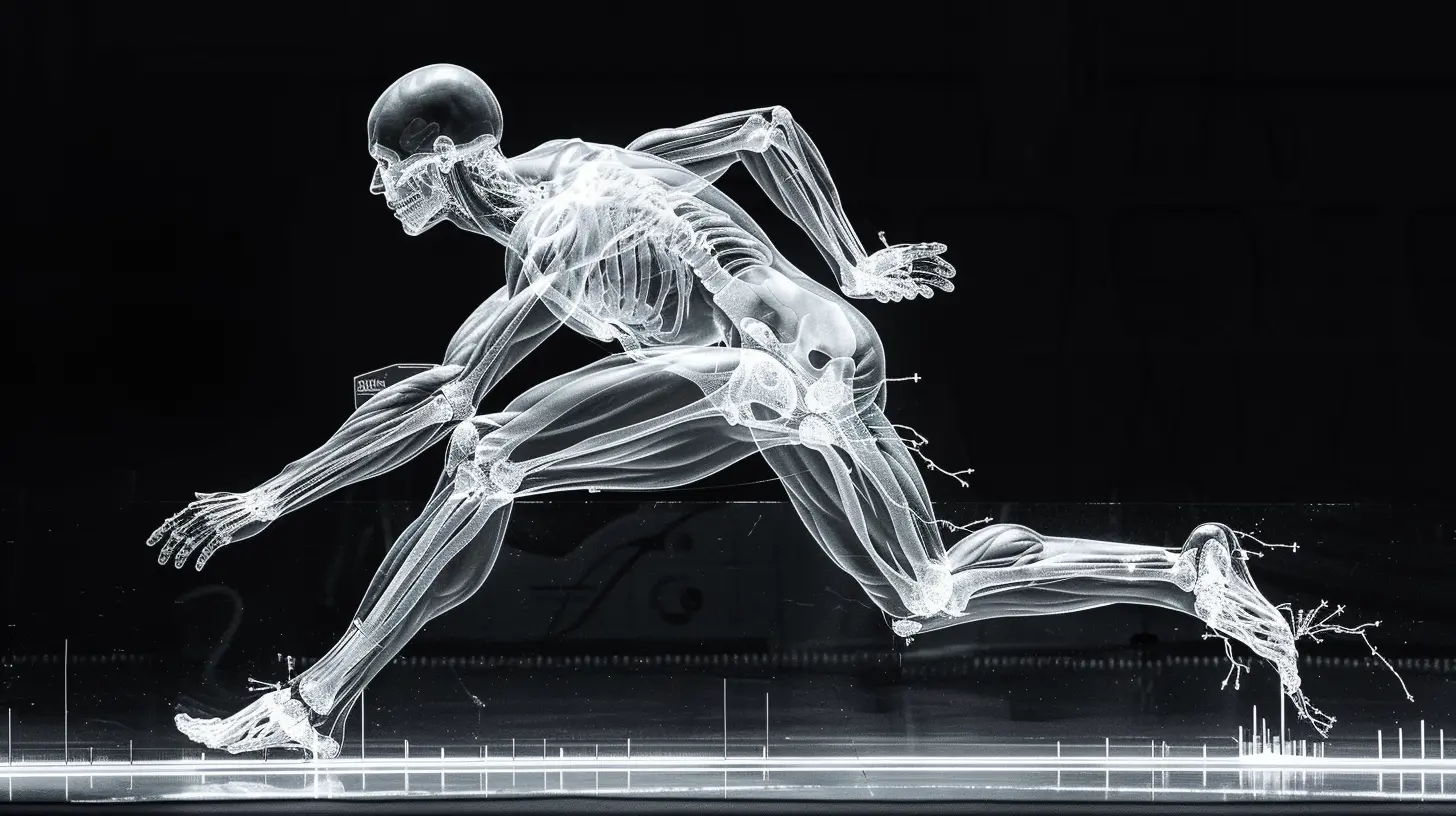
What Is Biomechanics?
Before we get into the nitty-gritty of sprinting, let’s first understand what biomechanics is. Simply put, biomechanics is the study of how our body moves. It’s a branch of science that looks at the forces exerted by muscles and gravity on the skeletal system.Think of biomechanics as the engineering behind human movement. When you sprint, every muscle, joint, and tendon in your body is working together to create forward motion. The way you position your body, the way you move your arms and legs, and even the angle of your foot as it strikes the ground all play a role in how fast you can sprint.
Now, let’s break down the sprinting motion and analyze the different phases of a sprint. Each phase requires specific biomechanics to maximize speed and efficiency.
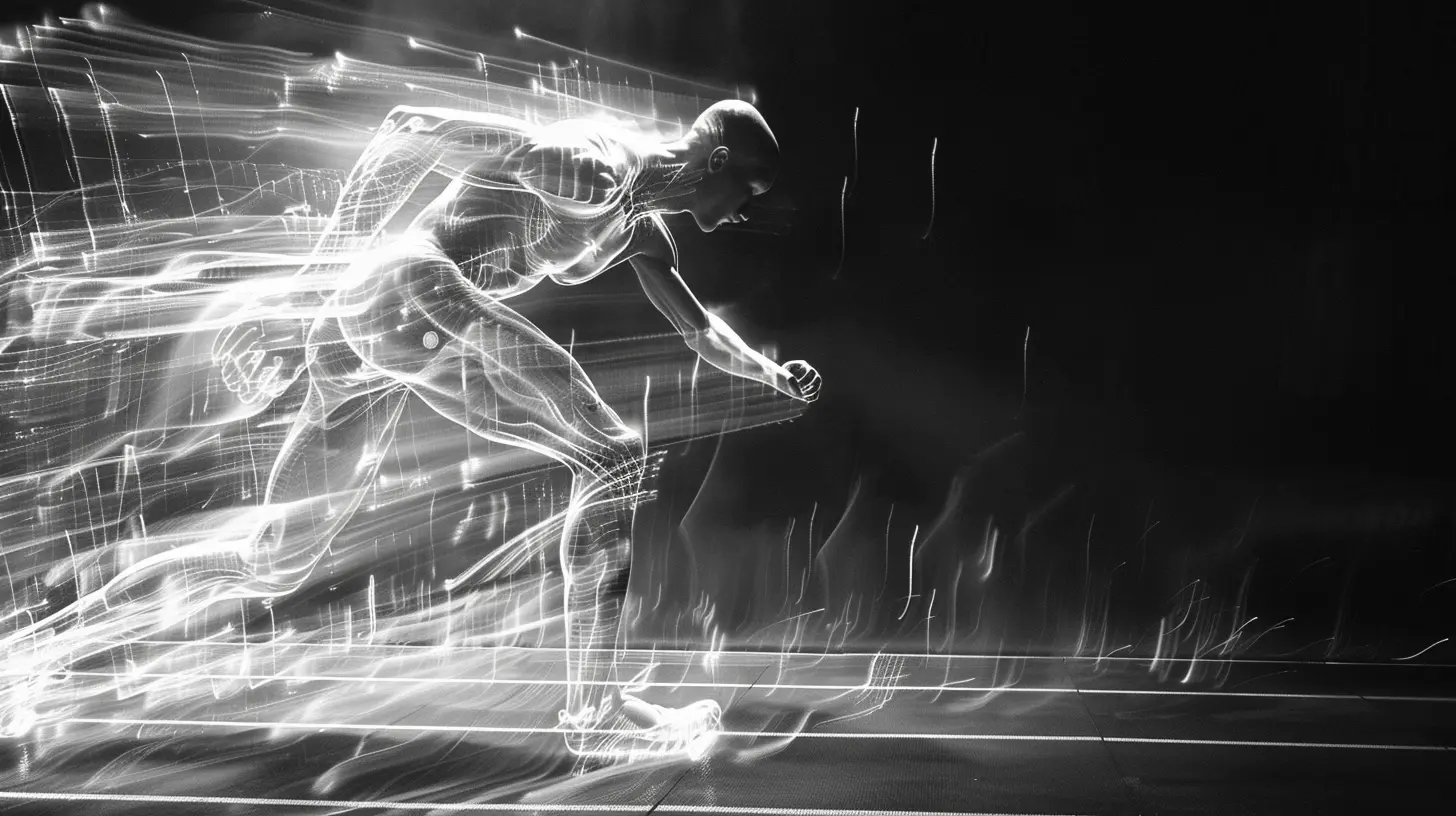
The Phases of a Sprint
To understand the biomechanics behind the perfect sprint, we need to dissect the sprint into its main phases:1. The Start
2. Acceleration Phase
3. Maximum Velocity Phase
4. Deceleration Phase
Each of these phases plays a crucial role in the overall success of a sprint. Let’s explore each in more detail.
1. The Start
The start is arguably the most critical part of a sprint. It sets the tone for the entire race. A poor start can mean the difference between winning and losing, especially in short-distance sprints like the 100 meters.The Perfect Sprint Start
In the start position, sprinters crouch low with their feet in the blocks, hands on the ground, and their body coiled like a spring. When the race begins, the goal is to explode out of the blocks as fast and as powerfully as possible.One key biomechanical aspect of the start is the angle of the body. At the instant of takeoff, the sprinter’s body should be at an approximate 45-degree angle to the track. This angle allows the sprinter to maximize their horizontal force, propelling them forward. Too upright, and you’ll waste energy fighting gravity. Too low, and you’ll struggle to achieve the proper leg turnover.
Another crucial factor is arm movement. The arms act as levers to generate momentum. Think of your arms as your body's counterbalance – the faster they move, the faster your legs can follow. A strong, exaggerated arm drive helps you explode off the blocks and maintain balance.
Key Biomechanics of The Start:
- Body angle: Around 45 degrees to maximize horizontal propulsion.- Arm drive: Fast, powerful arm swings to aid leg turnover.
- Foot placement: Push off with the toes for maximum power.
2. Acceleration Phase
Once the sprinter is out of the blocks, they enter the acceleration phase, where the goal is to progressively increase speed until reaching maximum velocity. This phase usually lasts for the first 30-50 meters of a sprint.Acceleration Mechanics
In the acceleration phase, your body is still angled slightly forward from the start, but you gradually straighten up as you build speed. The key here is to maintain a powerful stride while increasing your cadence (that’s how many steps you take per second).Biomechanically, the legs work like springs during acceleration. Each time your foot hits the ground, you want it to act like a pogo stick, storing energy and releasing it to push you forward. This concept is known as "elastic energy." Your Achilles tendon plays a huge role here, acting as the spring that propels your foot off the ground.
Another important factor in this phase is your shin angle. When your foot makes contact with the ground, your shin should be angled forward. This allows you to generate maximum force and propel yourself forward, rather than wasting energy by bouncing up and down.
Key Biomechanics of Acceleration:
- Body position: Gradually become more upright as speed increases.- Stride mechanics: Push off the ground with the toes and maintain a forward shin angle.
- Elastic energy: Use the natural spring-like qualities of your Achilles tendon.
3. Maximum Velocity Phase
Once you’ve accelerated to your top speed, the goal is to maintain that speed for as long as possible. This is the maximum velocity phase, and it’s where you’ll be running at your fastest.Running at Top Speed
In this phase, your body should be completely upright, with your chest slightly forward. Your strides will be longer and faster, but the key to maintaining top speed is minimizing ground contact time. The less time your foot spends on the ground, the faster you’ll go.When you hit top speed, it’s no longer about pushing off the ground with brute force. Instead, it’s about efficiency. Your legs should be moving in a cyclical motion, almost like the wheels of a bicycle. Your foot should land directly under your center of gravity, and you should focus on pulling it off the ground as quickly as possible.
Another biomechanical aspect to consider is muscle relaxation. While it may seem counterintuitive, sprinters need to stay as relaxed as possible when running at top speed. Tensing up wastes energy and slows you down. Efficient sprinters are able to keep their upper body relaxed while their legs do most of the work.
Key Biomechanics of Maximum Velocity:
- Body position: Upright posture with a slight forward lean.- Stride efficiency: Cyclical leg motion with minimal ground contact time.
- Relaxation: Stay loose and avoid tensing up.
4. Deceleration Phase
Even the fastest sprinters can’t sustain top speed forever. The deceleration phase occurs towards the end of the sprint when fatigue sets in, and you start to slow down. This phase is all about minimizing your loss of speed.Fighting the Slowdown
The key here is to maintain proper form, even as you tire. It’s natural for sprinters to shorten their stride and lean back as they decelerate, but this should be avoided. Leaning back or hunching your shoulders can throw off your balance and cause you to slow down even more.Instead, focus on keeping your stride as long and efficient as possible. Maintain that upright posture and keep pulling your feet off the ground quickly.
Key Biomechanics of Deceleration:
- Maintain form: Keep your posture upright and avoid leaning back.- Stride length: Try to keep your stride long and efficient.
- Fight fatigue: Stay mentally focused to preserve speed.
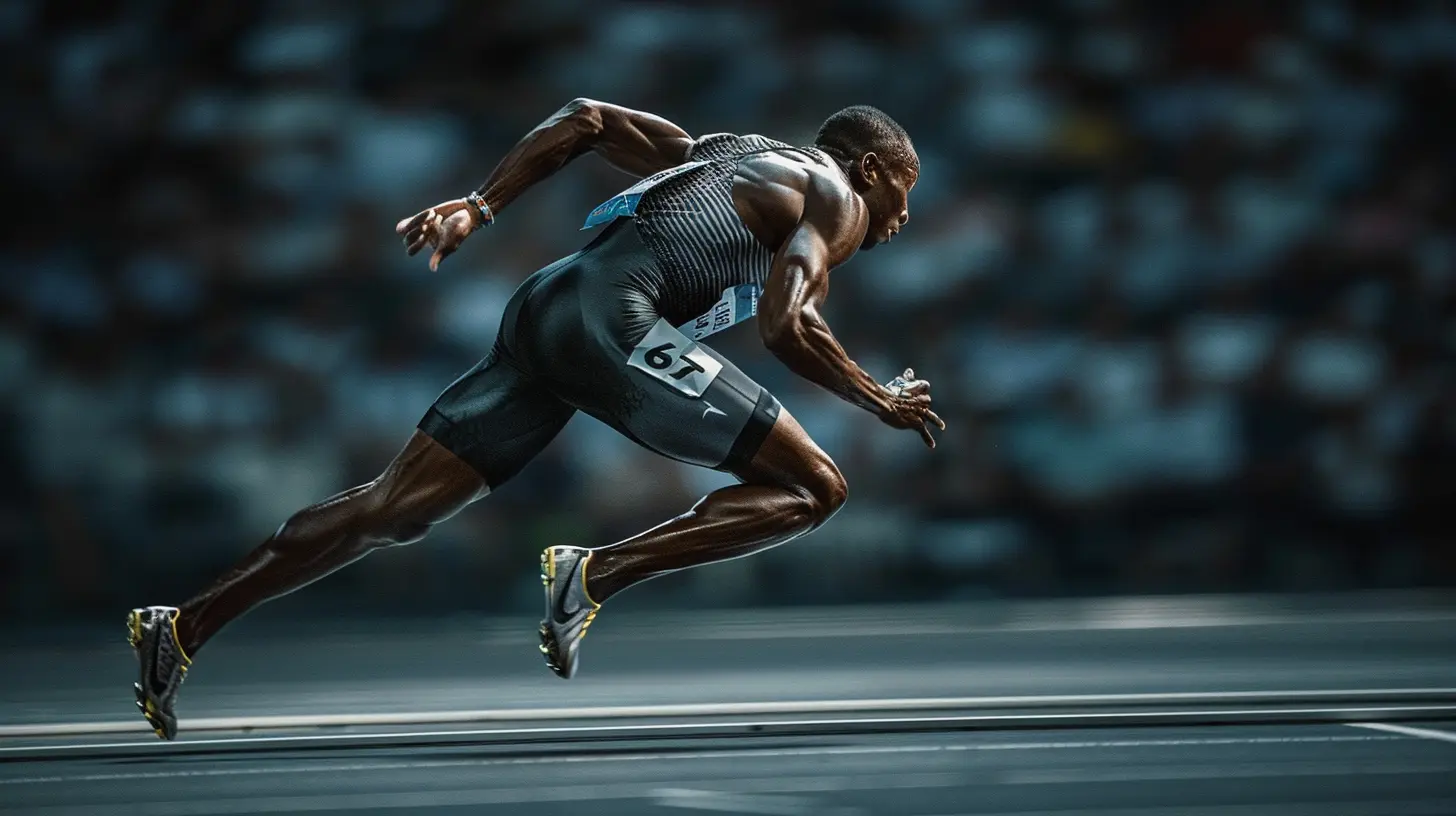
The Role of Muscle Groups in Sprinting
Sprinting engages nearly every muscle in your body, but some muscle groups play a more critical role than others. Let’s take a look at the major muscle groups involved in sprinting and how they contribute to your speed.1. Quadriceps and Hamstrings
Your quadriceps (front thigh muscles) and hamstrings (back thigh muscles) are the primary powerhouses behind your sprint. They work together to extend and flex your knees, propelling you forward with each stride.2. Glutes
Your glutes are the largest muscles in your body, and they play a vital role in generating power during a sprint. They help extend your hips, which is crucial for pushing off the ground.3. Calves and Achilles Tendon
Your calves and Achilles tendon store and release elastic energy during each stride. They act like springs, giving you that explosive push-off with each step.4. Core Muscles
Your core muscles (including your abs and lower back) help stabilize your body and maintain proper posture during your sprint. A strong core is essential for minimizing energy waste and preventing injuries.5. Arms and Shoulders
While your legs do most of the work, your arms and shoulders play a key role in maintaining balance and generating momentum. Strong, controlled arm swings can help you run faster by improving your overall rhythm.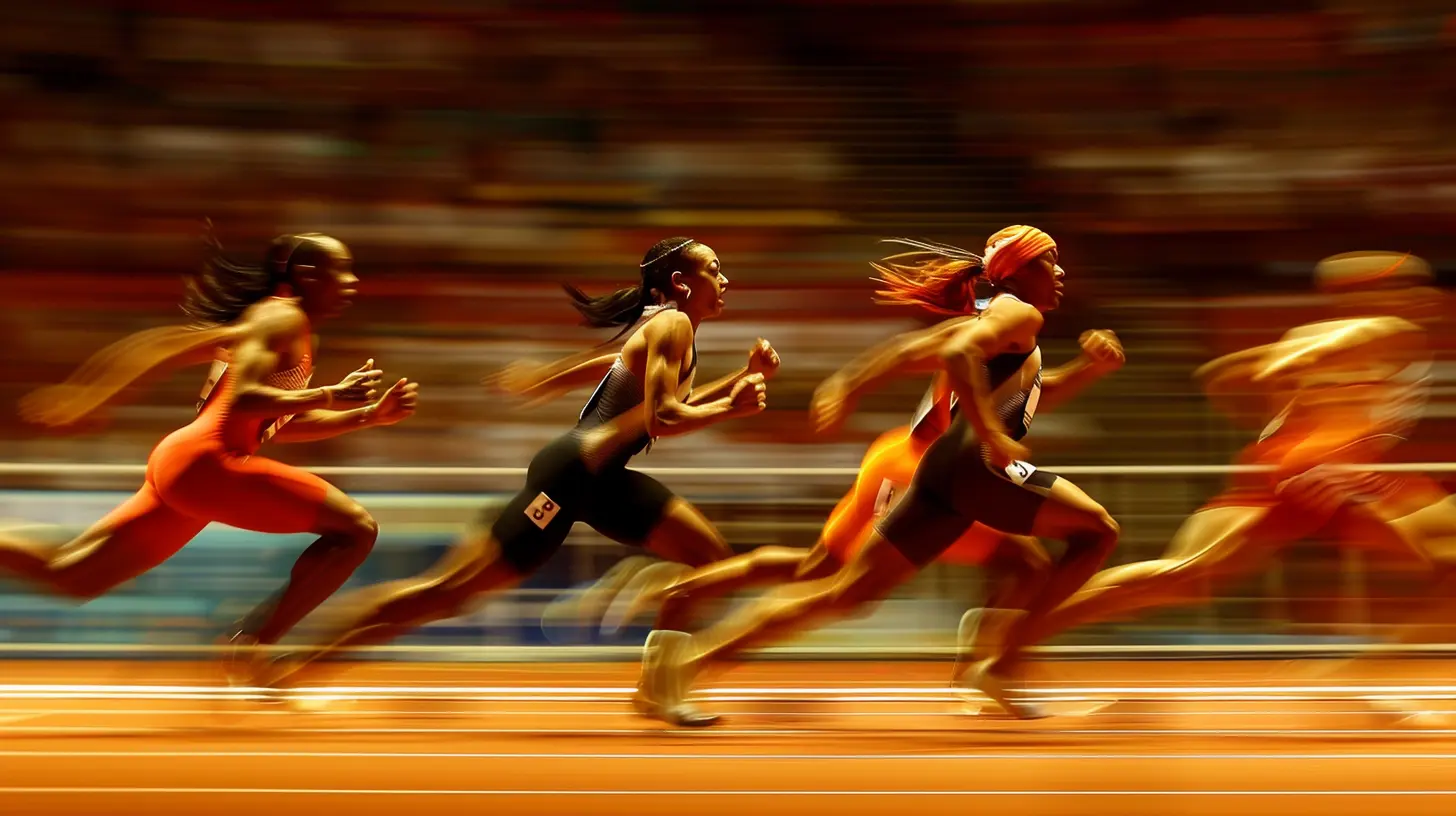
The Importance of Proper Warm-Up and Stretching
Before you start sprinting, it’s important to warm up properly. Sprinting is a high-intensity activity, and jumping into it cold can increase your risk of injury. A good warm-up should include dynamic stretches, light jogging, and mobility exercises to get your muscles ready to perform.Dynamic stretching, such as leg swings and high knees, helps increase blood flow to your muscles and improves your range of motion. This prepares your muscles for the explosive movements required during a sprint.
Why Stretching Matters
Stretching after your sprint is just as important. Static stretching helps improve flexibility and prevents stiffness in your muscles, which can reduce your risk of injury in the long run.Conclusion: Sprinting is Science in Motion
So, what does science say about the perfect sprint? It’s a combination of power, efficiency, and technique. From the explosive start to the efficient top-speed phase, every aspect of sprinting requires precise biomechanical coordination. By understanding the science behind sprinting, you can fine-tune your technique, improve your performance, and sprint faster than ever before.In the end, sprinting isn’t just about running as fast as you can. It’s about harnessing the power of your body’s biomechanics and using it to propel yourself forward with maximum efficiency. So, next time you hit the track, remember that every movement, every stride, and every muscle is working together to create the perfect sprint.

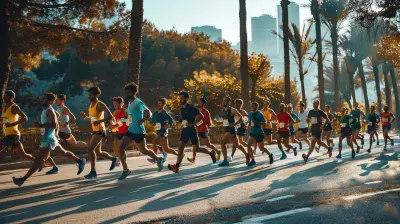

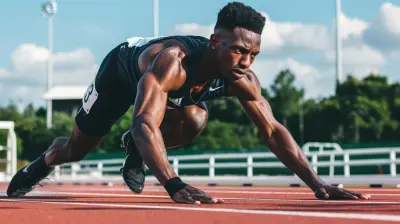
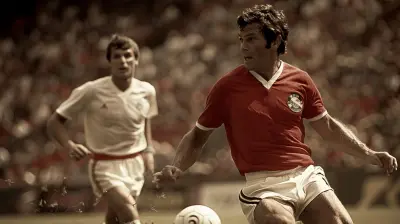
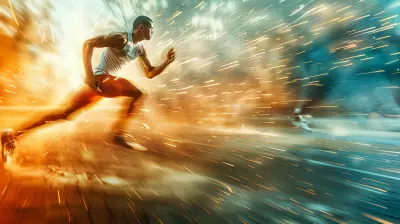
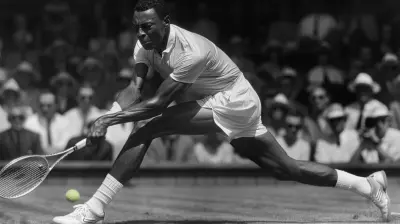
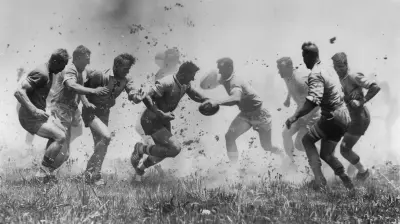

Sylph Acevedo
This article effectively highlights the critical biomechanical factors influencing sprinting performance. By understanding the interplay of muscle activation, stride mechanics, and body alignment, athletes can refine their technique for optimal speed and efficiency on the track.
April 4, 2025 at 8:25 PM